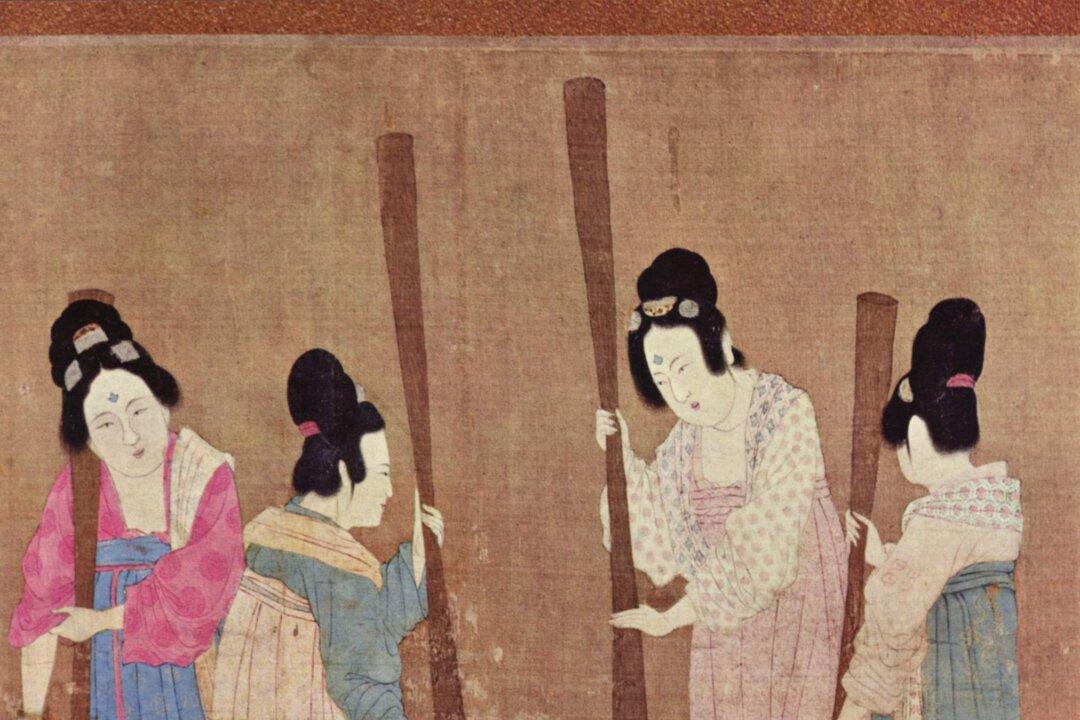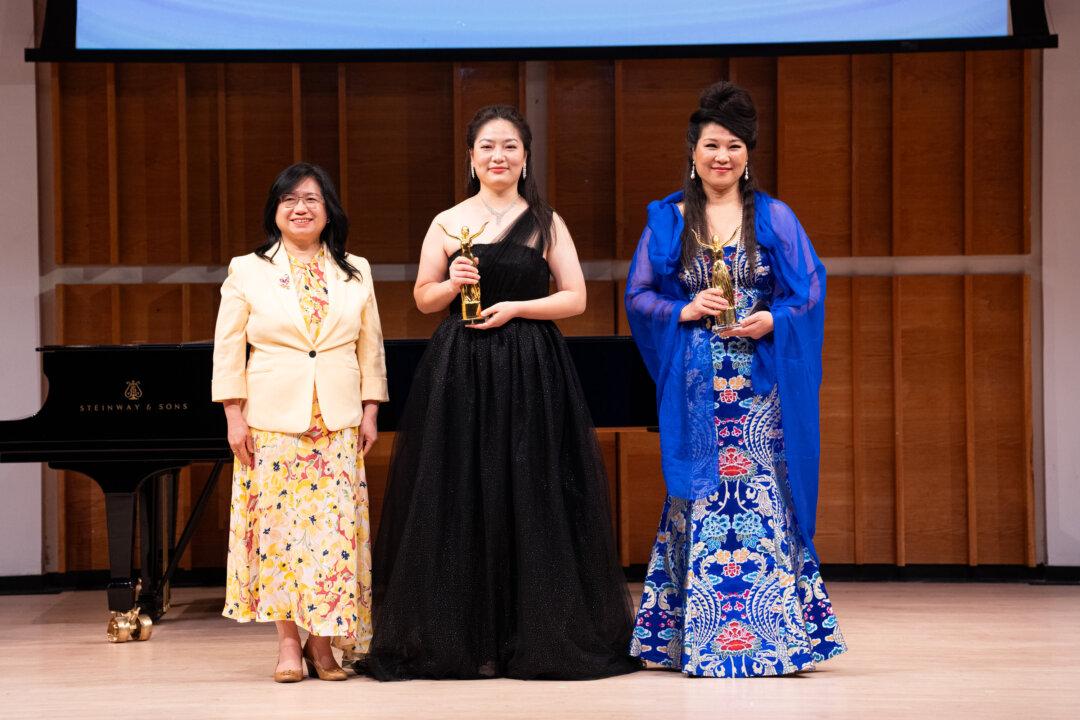Chinese cultures have held cleanliness in high regard since ancient times, and some of the methods they devised to wash their garments and bodies in a world before running water or fossil fuels are more sophisticated than one might expect.
Over the centuries, ever-improving forms of plant-based solutions were used in the absence of modern soap to keep clothes clean and white.
In the Zhou Dynasty about 3,000 years ago, the Chinese discovered that using the ashes of certain plants could be used to remove grease. This method is recorded in “The Rites of Zhou,” a sacred document detailing the religious ceremonies of this early Chinese dynasty.
“The Record of Trades,” a document from the Warring States Period toward the end of the Zhou Dynasty (c. 700–221 B.C.), records how the Zhou cleaning methods were improved upon. Plant ash was mixed with crushed seashells, producing an alkaline chemical that could remove the stains of light-colored silk fabrics.





